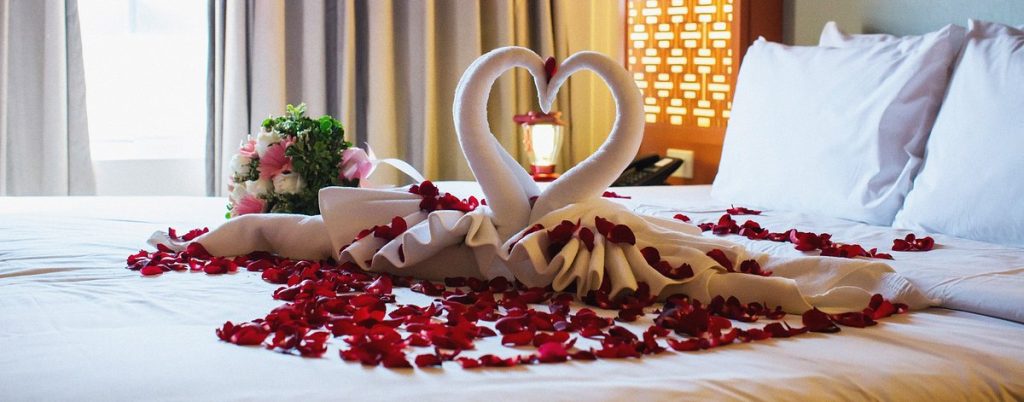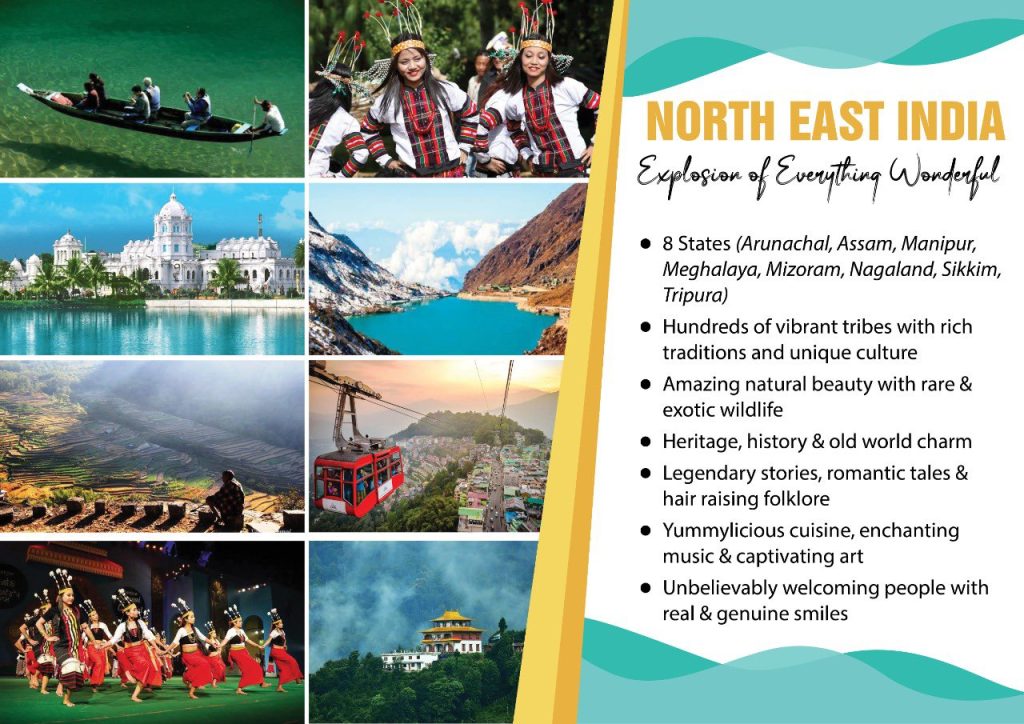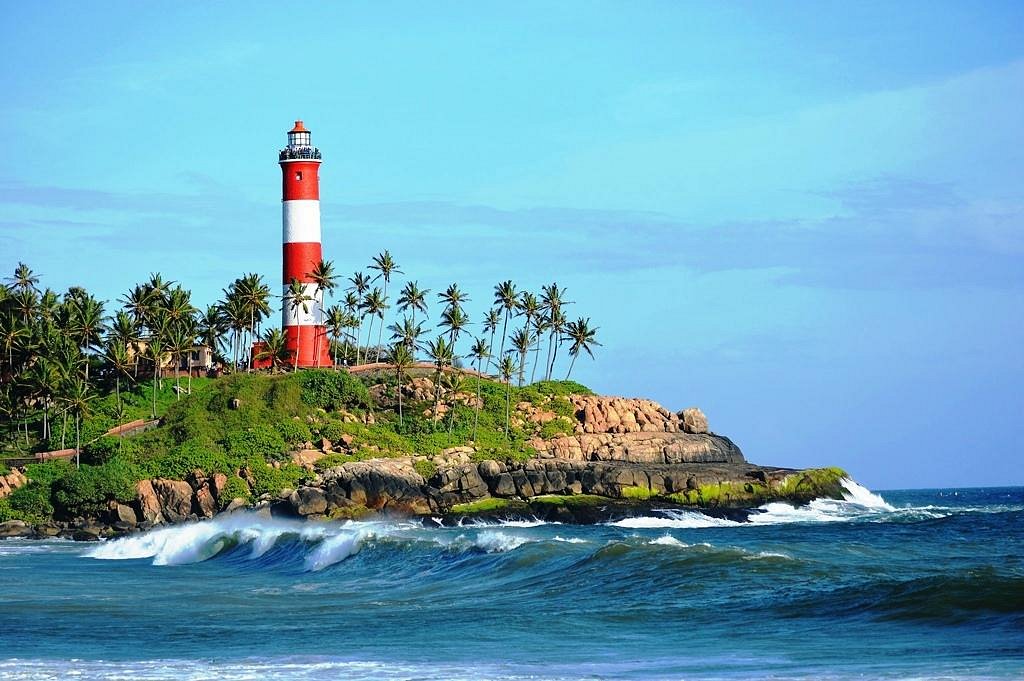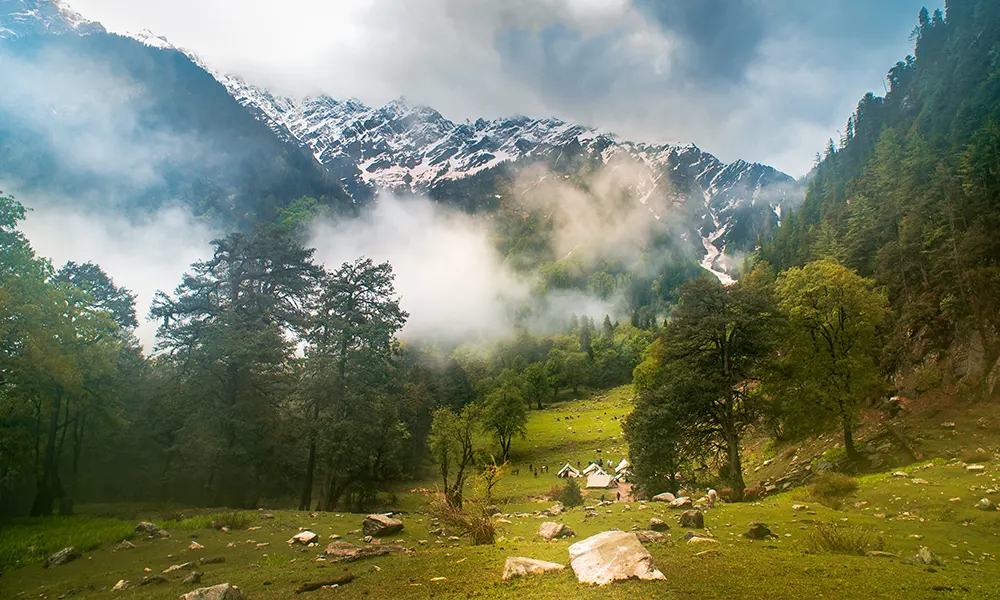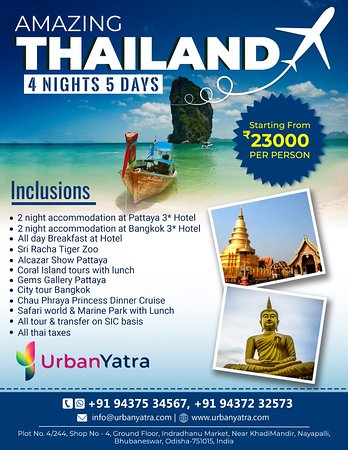Phodang Monastery is a serene retreat nestled in the hills of Sikkim, India. It offers breathtaking views and a peaceful atmosphere.
Founded in the early 18th century, Phodang Monastery is one of Sikkim’s most important religious sites. The monastery showcases traditional Tibetan architecture and vibrant murals. It stands as a symbol of cultural and spiritual heritage. Visiting Phodang Monastery provides a unique glimpse into Buddhist practices and teachings.
The tranquil surroundings and rich history make it a perfect escape from daily life. Whether you seek spiritual solace or simply wish to explore, Phodang Monastery invites you to experience its timeless beauty and peaceful aura.
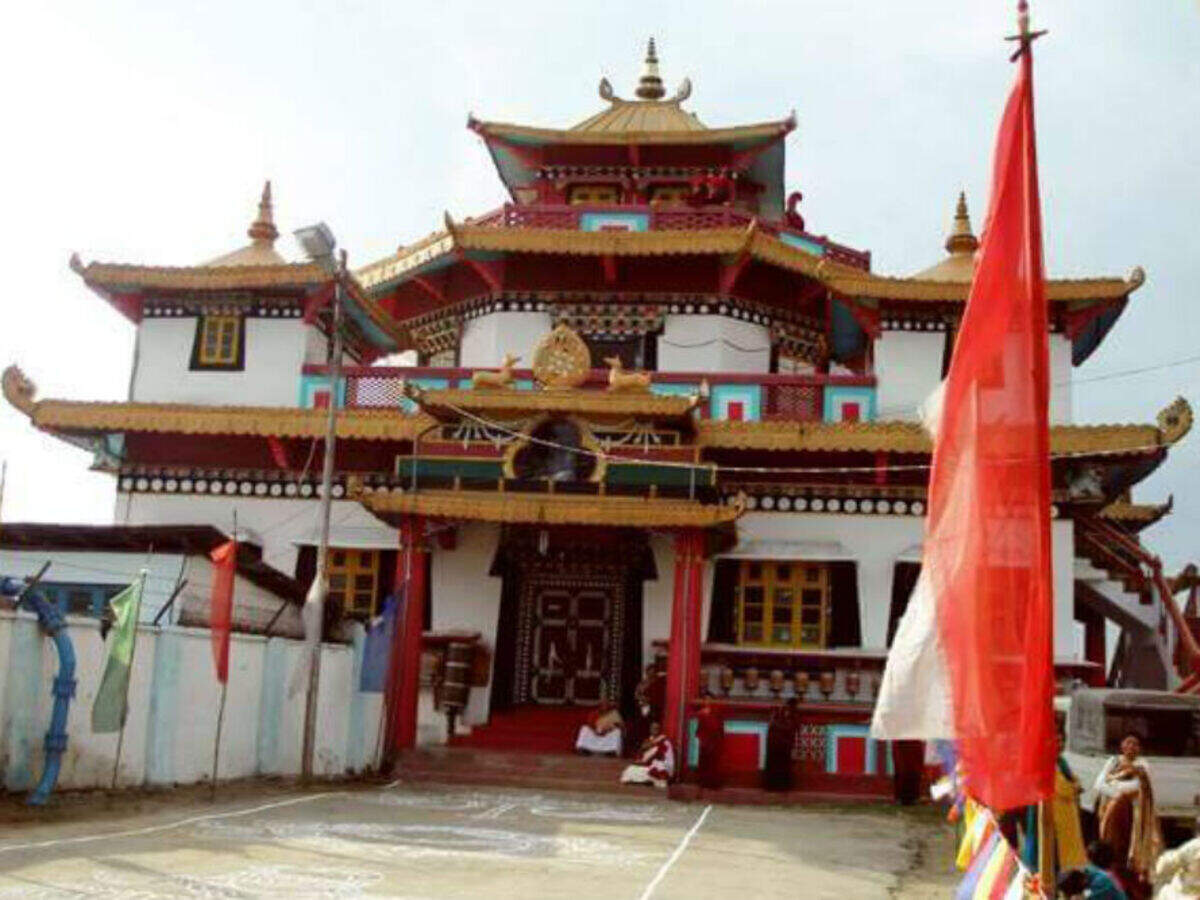
Credit: timesofindia.indiatimes.com
History And Origins
Phodang Monastery is a hidden gem in the Sikkim region. Its rich history and mystical origins attract many visitors. The monastery’s past is filled with tales and legends. Let’s explore its founding and early days, and the myths that surround it.
Founding And Early Days
Phodang Monastery was founded in the early 18th century. It is one of the oldest monasteries in Sikkim. The site was chosen for its serene environment. The founders wanted a peaceful place for meditation. The first monks built the monastery with local materials. Over time, it became a center for spiritual learning. Monks from various regions came here to study.
Legend And Myths
Many legends surround Phodang Monastery. One popular myth involves a hidden treasure. Locals believe the treasure is buried beneath the monastery. Another legend speaks of a sacred stone. This stone is said to have healing powers. The monks protect it and use it during rituals.
There are also tales of mysterious lights. Some visitors have reported seeing glowing orbs at night. These lights are believed to be spirits of ancient monks. Such stories add to the monastery’s mystique. Phodang Monastery remains a place of wonder and intrigue.

Credit: en.wikipedia.org
Architectural Marvels
Phodang Monastery, located in Sikkim, India, stands as an architectural marvel. Known for its stunning murals and serene surroundings, it attracts many visitors.
Visiting Phodang Monastery feels like stepping into a different world. The architecture here is not just beautiful; it’s a testament to centuries of devotion and craftsmanship. You can’t help but be in awe of the intricate designs and the sense of peace that envelops you as you walk through its halls. Let’s delve into some of the stunning architectural elements that make Phodang Monastery an unforgettable experience.Traditional Tibetan Design
One of the standout features of Phodang Monastery is its traditional Tibetan design. The structure is built using local materials like stone and wood, giving it a rustic yet elegant look. The roofs, with their upturned eaves and elaborate carvings, are particularly striking. Have you ever wondered why Tibetan buildings often have those unique, upward-curving roofs? They are designed to withstand heavy snowfall, channeling the weight off the structure. This practical design also adds to the monastery’s distinctive silhouette against the mountainous backdrop.Sacred Art And Murals
The interior of Phodang Monastery is a treasure trove of sacred art and murals. As you enter, your eyes are drawn to the vibrant colors and intricate details of the wall paintings. These murals depict various deities, historical events, and teachings of Buddhism. What makes these murals even more impressive is the painstaking effort that goes into creating them. Artists spend months, sometimes years, on a single piece, using natural pigments and traditional techniques passed down through generations. While exploring the monastery, I found myself lingering in front of one particular mural. It depicted the life of Guru Rinpoche, with scenes so vivid you almost felt part of the story. It’s moments like these that make you appreciate the deep spiritual significance embedded in every brushstroke. So, next time you find yourself in Sikkim, make sure to visit Phodang Monastery. What architectural elements do you think will captivate you the most? Will it be the traditional design, the sacred art, or perhaps something entirely unexpected? Feel free to share your thoughts and experiences in the comments!Spiritual Practices
Phodang Monastery is not just a place of worship. It’s a sanctuary for spiritual growth. The monks follow a strict daily routine. This helps them stay focused and peaceful. Let’s explore their daily rituals and meditation techniques.
Daily Rituals
The day at Phodang Monastery starts early. Monks wake up before sunrise. They gather in the main hall. Together, they chant ancient scriptures. This practice sets a calm tone for the day. After chanting, they perform a series of physical exercises. These exercises keep them fit and healthy.
Breakfast follows the exercises. It’s usually a simple meal. After breakfast, monks engage in various tasks. Some clean the monastery. Others work in the garden. Every task is done mindfully. This helps them stay present in the moment.
In the afternoon, monks attend teachings. Senior monks share wisdom from ancient texts. They discuss philosophy and ethics. These sessions are interactive. Monks ask questions and share their thoughts.
Meditation Techniques
Meditation is a core practice at Phodang Monastery. Monks meditate multiple times a day. They use different techniques. One popular method is mindfulness meditation. In this practice, monks focus on their breath. They observe their thoughts without judgment. This helps them stay calm and centered.
Another technique is visualization. Monks imagine peaceful scenes. This could be a serene lake or a quiet forest. Visualization helps them relax and find inner peace.
Walking meditation is also common. Monks walk slowly in a circle. They focus on each step. This practice helps them connect with their body and the present moment.
Phodang Monastery offers a unique spiritual experience. The daily rituals and meditation techniques help monks lead a balanced life. Each practice is a step towards inner peace and enlightenment.
Monastic Life
The serene landscape of Phodang Monastery offers a unique glimpse into the monastic life. Here, the rhythmic chanting of the monks and the peaceful ambiance create an atmosphere of tranquility. Let’s dive deeper into the life of the monks and the educational programs that shape their journey.
Life Of The Monks
Living in Phodang Monastery is a journey of discipline, spirituality, and community. The monks here lead a simple life dedicated to prayer, meditation, and study. Their day begins before sunrise with morning prayers, setting a serene tone for the day ahead.
While their routine might seem rigorous, it is designed to foster a deep sense of inner peace and purpose. The monks engage in various communal activities such as gardening, cooking, and maintaining the monastery grounds. This not only promotes self-sufficiency but also strengthens their bond as a community.
Imagine waking up to the sound of gentle bells and the sight of monks in deep meditation. It’s a lifestyle that encourages mindfulness in every action and fosters a profound connection with the present moment.
Educational Programs
Education is a cornerstone of life at Phodang Monastery. The monks engage in a rigorous academic curriculum that encompasses Buddhist philosophy, scriptures, and rituals. They also learn practical skills like debate, which sharpens their intellect and hones their communication abilities.
Did you know that young monks start their education at a very early age? They delve into ancient texts, learning the nuances of Buddhist teachings. This early exposure ensures they develop a strong spiritual foundation.
The educational programs are not limited to religious studies. Monks also learn modern subjects such as mathematics, science, and languages. This holistic approach ensures they are well-rounded individuals capable of navigating the complexities of the modern world.
Are you curious about how these educational programs impact the monks’ lives? They emerge as knowledgeable, compassionate leaders who can engage with both traditional and contemporary issues. This balanced education system is pivotal in shaping the future custodians of Buddhist teachings.
So, the next time you visit Phodang Monastery, take a moment to reflect on the profound commitment and discipline that the monks embody. Their life is a testament to the power of education, community, and spiritual practice.
What aspects of monastic life resonate with you the most? Could you incorporate any of these practices into your daily routine for a more mindful and peaceful life?
Natural Beauty
Phodang Monastery is a serene place nestled in the mountains. Its natural beauty captivates every visitor. The scenery, flora, and fauna around the monastery create a magical experience.
Himalayan Scenery
The Himalayan scenery from Phodang Monastery is breathtaking. Snow-capped peaks touch the sky. Mist often shrouds the mountains, adding to the mystique. The clear, crisp air refreshes the soul. At dawn, the sun paints the peaks with golden hues. This spectacle is a photographer’s dream.
Flora And Fauna
The area around Phodang Monastery is rich in diverse flora and fauna. Evergreen forests surround the monastery. These forests are home to colorful flowers. Rhododendrons bloom in vibrant shades. Wild orchids add to the beauty. The forest is also a sanctuary for various animals. Birds sing melodious songs, creating a peaceful atmosphere. Occasionally, you might spot a red panda. These animals live in harmony with nature.

Credit: www.flickr.com
Visitor Experience
Phodang Monastery, nestled in the scenic hills of Sikkim, is a beacon of spirituality and peace. As you step into its serene premises, you’re transported to a world of tranquility and rich cultural heritage. Experiencing Phodang Monastery goes beyond just sightseeing; it’s about immersing yourself in the essence of Buddhist traditions and the breathtaking natural beauty surrounding it. This guide will help you make the most of your visit, ensuring it’s both enriching and memorable.
Guided Tours
One of the best ways to explore Phodang Monastery is through guided tours. These tours are led by knowledgeable monks or local guides who offer deep insights into the monastery’s history and significance. You’ll learn about the intricate wall paintings, ancient manuscripts, and the daily rituals practiced here.
For example, my guide shared fascinating stories about the monastery’s founding and its role in preserving Buddhist teachings. These anecdotes made the visit more personal and engaging. Guided tours are usually available in multiple languages, making it accessible for international visitors.
Accommodation Options
Staying close to Phodang Monastery allows you to soak in the peaceful atmosphere at your own pace. There are several accommodation options ranging from budget guesthouses to mid-range hotels. Some visitors even opt for homestays, offering a unique opportunity to experience local hospitality and cuisine.
Consider booking a room with a view of the mountains. Waking up to the sight of the sun rising over the hills is an unforgettable experience. Many accommodations also offer easy access to nearby attractions, making it convenient to explore the region further.
Have you ever thought about how immersing yourself in a different culture can change your perspective? A visit to Phodang Monastery can be a transformative experience, offering you a chance to reflect and rejuvenate.
Cultural Significance
Phodang Monastery holds deep cultural significance. It symbolizes spiritual heritage and is a vital center for local traditions and rituals.
Phodang Monastery, nestled in the serene landscapes of Sikkim, India, is a beacon of cultural significance. This ancient monastery holds immense value not just for its spiritual teachings but also for its profound impact on the local community and its vibrant celebrations. Let’s delve into the cultural essence that makes Phodang Monastery a cherished landmark.Role In Local Community
Phodang Monastery plays a pivotal role in the local community. As you walk through its sacred halls, you can feel the deep connection between the monastery and the people it serves. Monks here are more than just spiritual guides; they are mentors, educators, and custodians of tradition. The monastery is a hub for learning. Children and adults alike gather for lessons in Buddhist teachings, language, and local history. Imagine attending a class where ancient wisdom is shared with the same enthusiasm as modern knowledge. This blend keeps the culture alive and relevant. Moreover, the monastery is a center for social gatherings and communal activities. Local families often come together here to celebrate milestones, seek blessings, and participate in rituals that unite the community.Festivals And Events
The festivals and events at Phodang Monastery are nothing short of spectacular. One of the most anticipated events is the annual Cham Dance Festival. Have you ever witnessed a dance that is both a performance and a prayer? The Cham Dance is exactly that. Monks don elaborate costumes and masks, enacting stories that are centuries old. During these festivals, the air is filled with the sound of traditional instruments and the scent of incense. It’s a sensory experience that leaves a lasting impression. The local community, along with visitors, participates wholeheartedly, making these events a blend of devotion and celebration. Then there’s Losar, the Tibetan New Year. This festival marks new beginnings and is celebrated with much fervor. Families clean their homes, prepare special dishes, and visit the monastery to offer prayers. The monastery, in turn, hosts various cultural programs, spreading joy and unity. Have you ever thought about how festivals shape cultural identity? At Phodang Monastery, each event reinforces the community’s connection to their heritage. It’s not just about preserving traditions but living them fully. In essence, Phodang Monastery is more than a spiritual retreat. It’s a living, breathing part of the community that continues to inspire and unite people through its rich cultural tapestry. How does your community celebrate its heritage?Conservation Efforts
Phodang Monastery’s conservation efforts focus on preserving its ancient structures and rich heritage. Local communities and experts work together to maintain its cultural significance.
Phodang Monastery is not just a spiritual haven; it is a testament to the dedication of its community to preserve its rich heritage. The conservation efforts here are aimed at maintaining the monastery’s historical, cultural, and environmental integrity. Let’s delve into the specific initiatives that make these efforts successful.Preservation Projects
Preservation projects at Phodang Monastery focus on maintaining the architectural splendor and historical artifacts of this ancient site. Restoration of Wall Murals: The vibrant murals, which depict various Buddhist stories and teachings, are being meticulously restored by skilled artisans. Their work ensures that the colors and details remain as vivid as they were centuries ago. Structural Reinforcements: The monks have collaborated with engineers to strengthen the monastery’s foundation and walls. This initiative ensures that the buildings can withstand natural disasters like earthquakes, which are not uncommon in this region. Artifact Conservation: The monastery houses numerous ancient relics, manuscripts, and statues. Specialized conservators regularly assess and treat these items to prevent deterioration. Community Involvement: Local volunteers are trained to assist in preservation efforts. Their involvement not only aids in the projects but also fosters a sense of ownership and pride within the community.Sustainable Practices
Phodang Monastery is committed to sustainability, incorporating various eco-friendly practices into their daily routines and long-term planning. Solar Energy: The monastery has installed solar panels to reduce reliance on non-renewable energy sources. This initiative not only cuts down on energy costs but also minimizes the carbon footprint. Water Conservation: Rainwater harvesting systems are in place to ensure that every drop of water is utilized efficiently. Recycled water is used for irrigation and other non-potable needs, conserving this precious resource. Organic Farming: The monastery’s gardens are maintained using organic farming practices. This approach ensures that the food grown is healthy and free from harmful chemicals. It also supports biodiversity and soil health. Waste Management: A robust waste segregation system is in place to manage waste effectively. Organic waste is composted and used in the gardens, while recyclables are sorted and sent to recycling facilities. Educational Programs: The monks and staff conduct workshops to educate visitors and the local community about sustainable practices. These programs aim to inspire others to adopt similar measures in their own lives. By engaging in these preservation projects and sustainable practices, Phodang Monastery not only protects its rich heritage but also sets a standard for other institutions. What steps can you take in your community to foster preservation and sustainability? Reflect on this and consider how you can contribute to a more sustainable future.Frequently Asked Questions
Why Is Phodong Monastery Famous?
Phodong Monastery is famous for its stunning architecture and vibrant annual Cham dance festival. It houses ancient murals and scriptures.
Can I Stay At Phugtal Monastery?
Yes, you can stay at Phugtal monastery. Accommodations are basic, offering a unique experience of monastic life. Contact the monastery in advance to arrange your visit. Enjoy the serene surroundings and immerse yourself in the spiritual atmosphere.
Why Was The Monastery Closed Down?
The monastery closed due to financial difficulties and declining membership. Local authorities found safety violations, necessitating immediate closure.
Which Is The Oldest Monastery In The World?
The oldest monastery in the world is St. Catherine’s Monastery. It is located at the foot of Mount Sinai in Egypt. Founded in the 6th century, it remains a significant religious site.
Conclusion
Phodang Monastery offers a tranquil escape from daily life. Its serene environment calms the soul. Visitors enjoy the stunning views and peaceful surroundings. The rich history and unique architecture attract many. Exploring Phodang Monastery leaves lasting memories. It’s a perfect spot for reflection and relaxation.
Experience the beauty and serenity firsthand. Plan your visit to Phodang Monastery soon. You’ll find peace and inspiration in every corner.
{ “@context”: “https://schema.org”, “@type”: “FAQPage”, “mainEntity”: [ { “@type”: “Question”, “name”: “Why is Phodong Monastery famous?”, “acceptedAnswer”: { “@type”: “Answer”, “text”: “Phodong Monastery is famous for its stunning architecture and vibrant annual Cham dance festival. It houses ancient murals and scriptures.” } } , { “@type”: “Question”, “name”: “Can I stay at Phugtal monastery?”, “acceptedAnswer”: { “@type”: “Answer”, “text”: “Yes, you can stay at Phugtal monastery. Accommodations are basic, offering a unique experience of monastic life. Contact the monastery in advance to arrange your visit. Enjoy the serene surroundings and immerse yourself in the spiritual atmosphere.” } } , { “@type”: “Question”, “name”: “Why was the monastery closed down?”, “acceptedAnswer”: { “@type”: “Answer”, “text”: “The monastery closed due to financial difficulties and declining membership. Local authorities found safety violations, necessitating immediate closure.” } } , { “@type”: “Question”, “name”: “Which is the oldest monastery in the world?”, “acceptedAnswer”: { “@type”: “Answer”, “text”: “The oldest monastery in the world is St. Catherine’s Monastery. It is located at the foot of Mount Sinai in Egypt. Founded in the 6th century, it remains a significant religious site.” } } ] }
